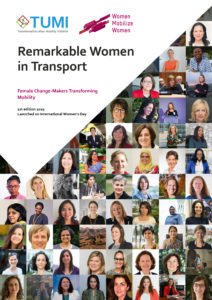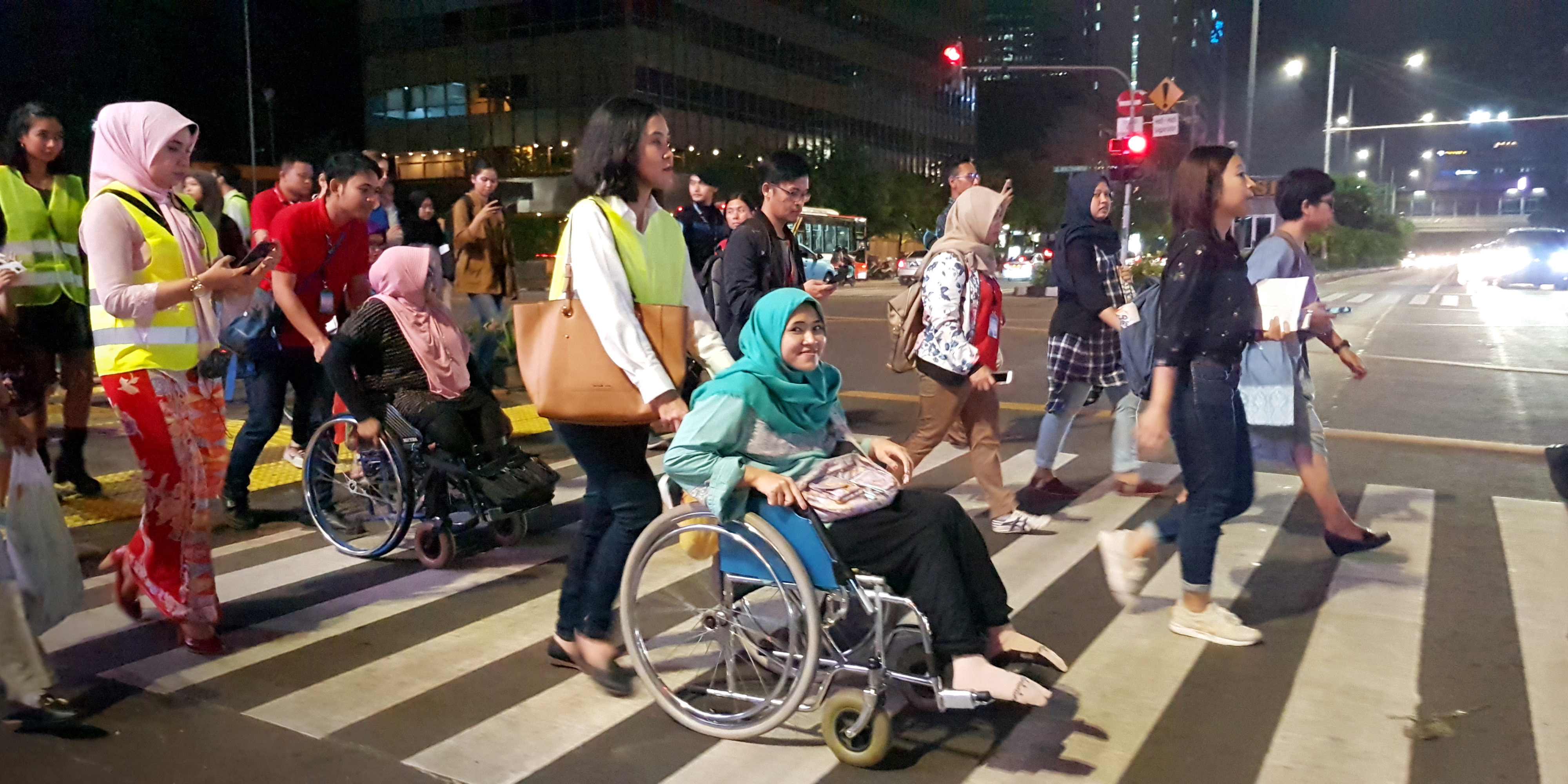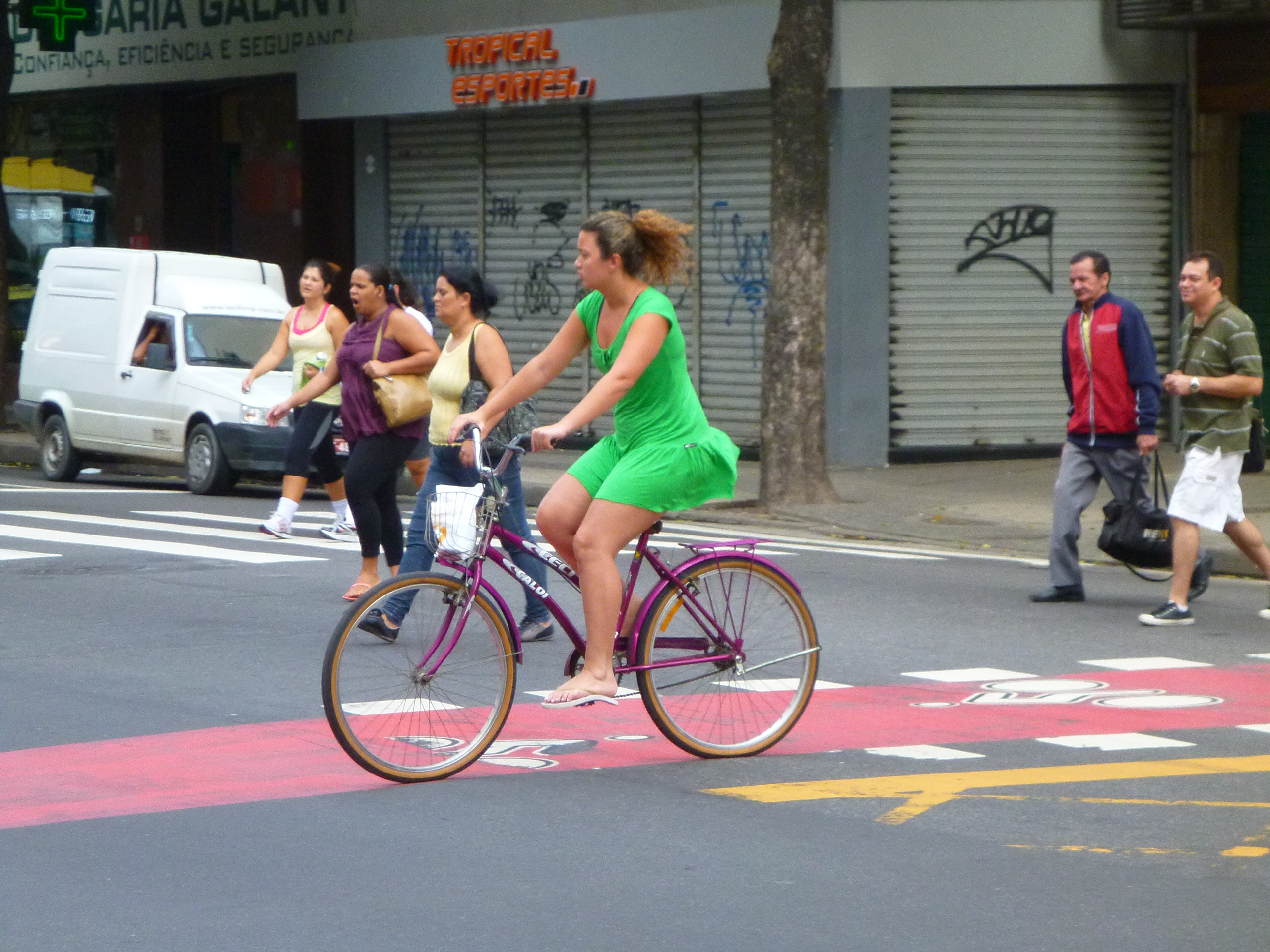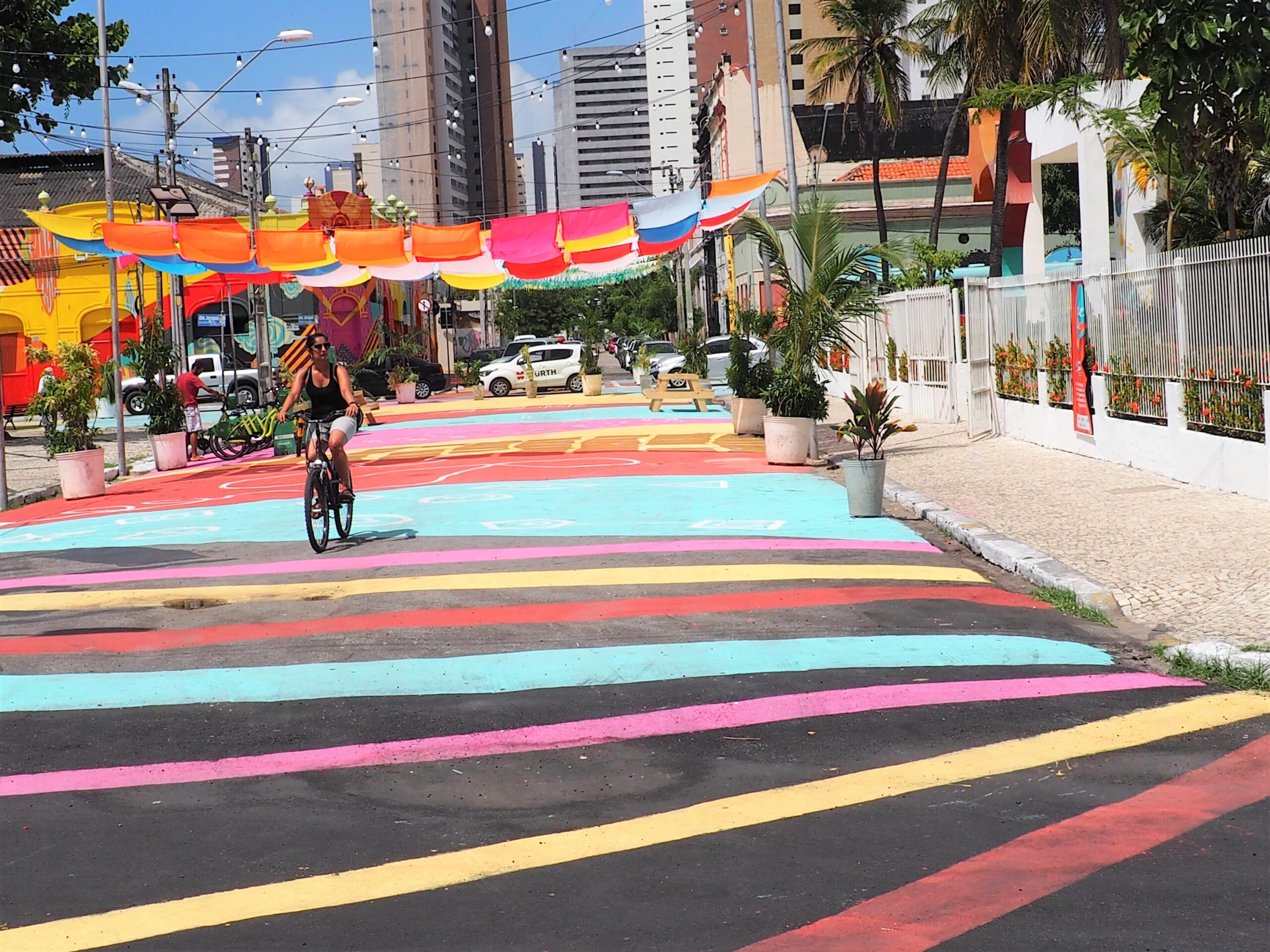
How do we make cities better for all of their residents, including women?
Not all design is universal and the divergence across genders needs to be considered in creating design that is equitable and just for all. While women make up 51% of the population, they make up an even larger portion of transit users. Despite this majority, women’s voices remain unheard among the decisions about the transport and design that so affects their daily lives. To start, we need design that understands the different uses of transportation and public space by women and men.
On International Women’s Day 2019 we remember that progress is made incrementally and that our improvements will happen through more research and insight.
Transformative Urban Mobility Initiative has published the first edition of Remarkable Women in Transport (2019) in order to highlight the contributions of women working in transport throughout the world.
What are we doing about it?
At ITDP we are proud to have such a diverse staff, as Heather Thompson, CEO mentioned,
“I am so very honored to be leading ITDP, an organization full of women leaders. Women comprise more than 65% of our staff, more than half of our Senior Leadership Council, and 100% of the senior leadership team at HQ. All of the women at ITDP are respected and heard, and are making a difference in other women’s lives by improving real mobility for them. We aren’t just talking about it, we are making a real difference.”
Our staff are what makes this organization strong and successful, and we are proud to be reflect these values within our team.
ITDP has studied women’s use of cities to better understand how this usage determines different transportation needs. Find below, resources to help you learn more:
Access for All: Access and Gender (2018): This paper explores how transportation systems have failed to account for diverse mobility patterns and needs among different genders. It provides key stakeholders from civil society, subnational authorities, donor organizations, and national governments with a brief overview of the gender aspects of sustainable mobility and a set of recommendations to promote gender-responsive actions.
Why Gender Matters (2018): ITDP Brazil Director observes the importance of environment in providing women access to transport in cities. This paper discusses design that is open, inviting, with transportation options abundant and safe streets designed for bikes.
Women and Children’s Access to the City (2018): This report from Recife, Brazil, explores the greater challenges that women and children face in accessing work, education, and leisure opportunities and makes recommendations in multiple thematic areas.
Women and Transport in Indian Cities (2018): The brief recommends gender responsive indicators, service level benchmarks, and guidelines for comprehensive/green mobility plans as well as walking, cycling, public and intermediate public transport.
Beyond the Women-Only Train Car: Gender and Sustainable Transport (2017): By designing transportation that is accessible to all, including women, cities can bring more women into the labor market. If cities focused on creating gender neutral and accessible transport, they would allow women to enter the labor workforce, increasing up to US$28 trillion to the global economy.
In Cairo, ITDP Works to Improve Transport Access for Women (2018): For this article, ITDP worked with other organizations to understand the unique challenges women face in Cairo when using transportation. These findings are being used to determine the best BRT solutions based on data-driven gender concerns.
Women-only Transport: A “Solution” To What End? (2019): This paper explores the role of women’s only transportation solutions and their advantages and pitfalls including the rates of sexual harassment experienced by women throughout South and Central Asia.
While there are strives and advancements being made, there is still more to do. The more information we know about the role of women in urban design and development, the more we can do to address what needs to be done.



